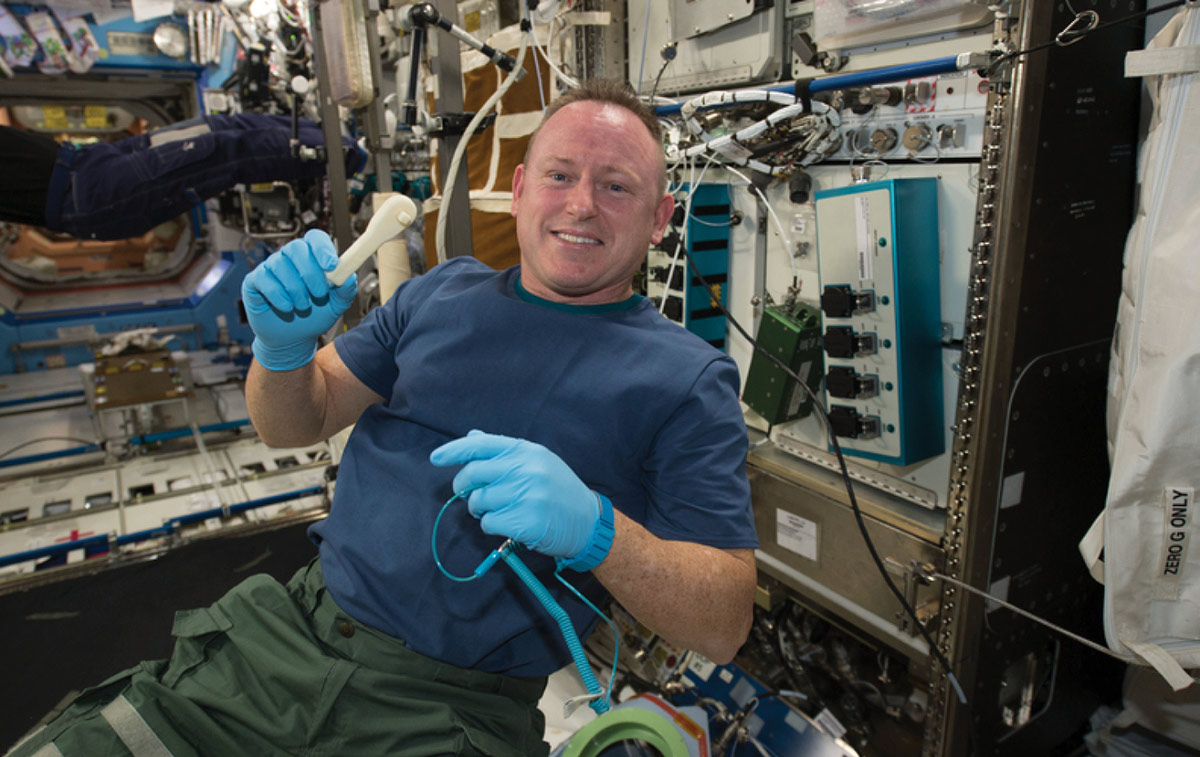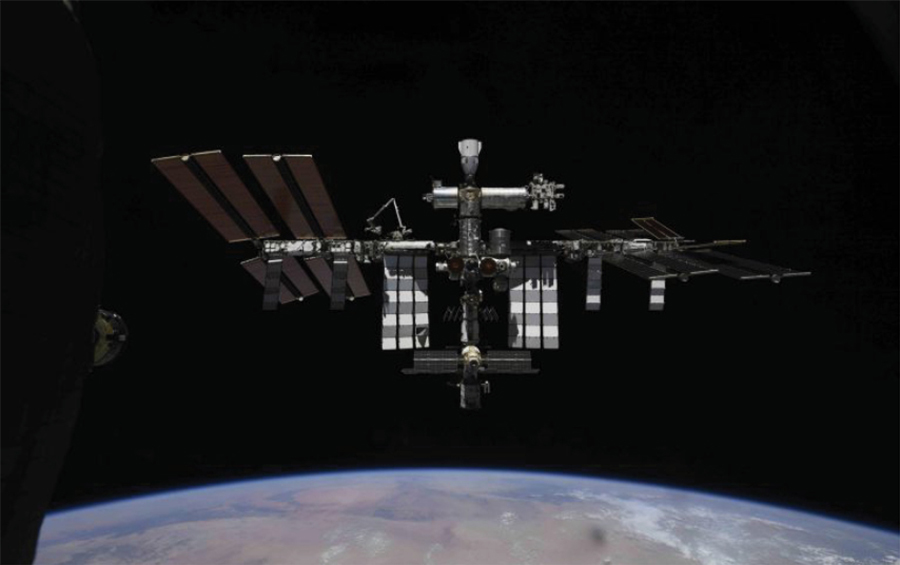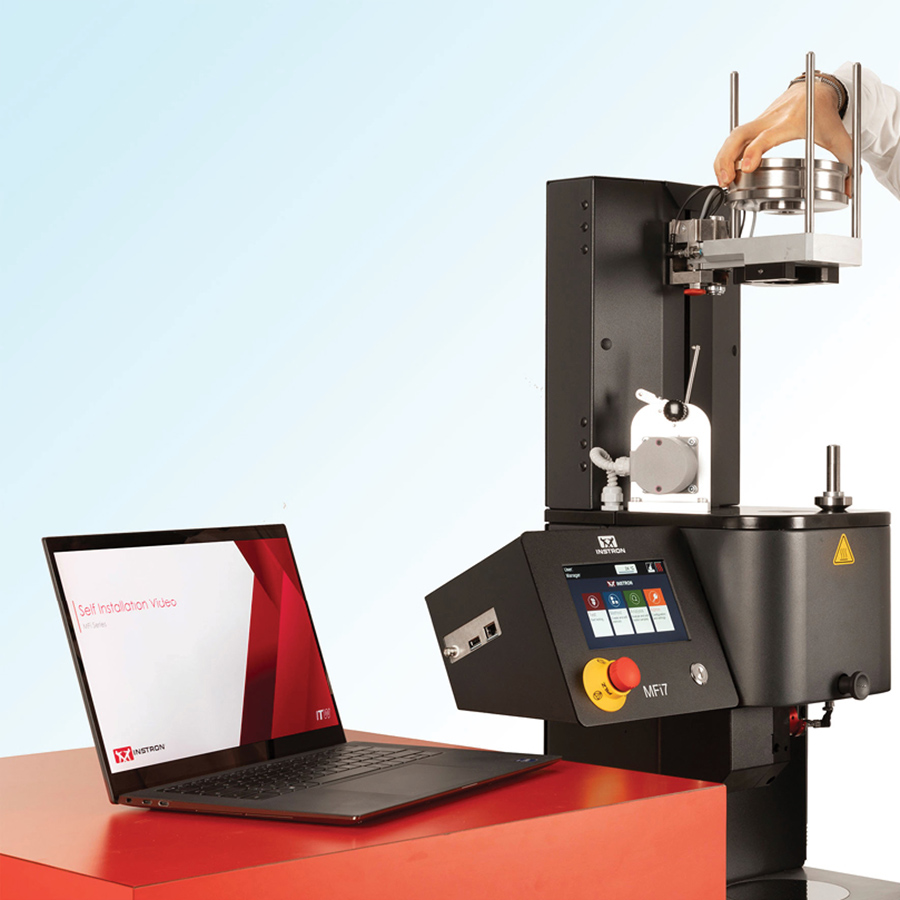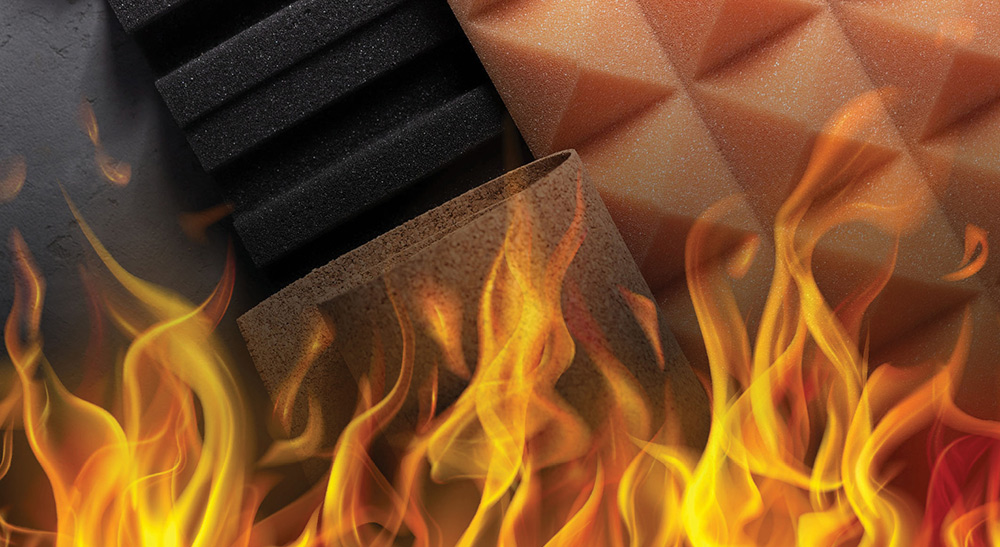Articles reporting on plastic products are prepared from information furnished by members of the IAPD and non-member magazine advertisers. The information provided is deemed reliable but is not verified. It should not be assumed that the publisher has reviewed or tested any of the products. For more information, contact companies by visiting their websites.

International Space Station Expedition 42 Commander Barry “Butch” Willmore shows off a ratchet wrench made with a 3D printer on the International Space Station.
Redwire Space, NASA advance in-space manufacturing for journeys to the moon, mars and beyond

FabLab will go beyond the company’s existing Additive Manufacturing Facility (AMF) that has already made more than 300 tools and parts on board the International Space Station (ISS) using only resin. FabLab’s additional material capabilities will allow explorers to avoid needing to anticipate every item they might need.
The contract will see the FabLab design fully matured to spaceflight-ready status. An anticipated follow-on contract will support the construction and test of FabLab aboard the ISS in low-Earth orbit (LEO). Testing FabLab on the ISS will be a step toward building versions for use at destinations beyond LEO. With FabLab technology, crews on the Moon, Mars and in deep space will be able to manufacture critical assets, such as tools, replacement parts and printed circuit boards on demand.
“FabLab is a solution for some of the key logistics challenges with sustained human deep space exploration aboard the Lunar Gateway and on the Moon and Mars” said Redwire Space Executive Vice President John Vellinger. “Astronauts won’t need to pack their spacecraft with every tool or part they may need millions of miles from Earth. Make it, don’t take it.” www.redwirespace.com.
With the MFi5 and MFi7, Instron presents a new generation of melt index testers for a wide range of tasks from monitoring incoming materials, to product development and process control. The compact, manually operated MFi5 is ideal for fast and reliable measurements using preset methods, while the modular MFi7 can be adapted to accommodate an increasing volume of testing. Both are suitable for test temperatures from 122°F/50°C to 842°F/450°C and are equipped with test weights from 0.1-21.6 kg. A piston travel transducer resolution of 0.005 mm and a piston displacement accuracy of up to 0.02 mm enable particularly accurate measurements. They cover the entire range of requirements for standard melt index tests and each system is operated via a 7″ capacitive color touchscreen.
Optional equipment for MFi5 and MFi7 includes a motor-driven cutting device for precise, repeatable separation of the extrudate by time (with 0.01 s accuracy) or position. Also optional are automatic die plug opening, special pistons for high flow materials with very high melt flow rate (MFR), (1600 g/10 min and more) and the use of corrosion-resistant and wear-resistant steels for cylinders, pistons and dies.

Instron launches a new generation of melt index testers, the MFi5 and MFi7.
Shortened test cycles with high operational reliability
As an additional standard feature of the MFi7, a motorized lifting device handles the automatic, operator-independent application of test masses for more accurate, repeatable and reliable test results. An easily removable die retainer facilitates cleaning so that testing can be quickly resumed. An automatic material compaction system operates at constant pressure, also providing added accuracy and repeatability. Automated purging and cylinder cleaning allow effortless, rapid emptying of materials remaining in the cylinder after testing is complete. Load-cell controlled compaction and emptying phases avoid operator influences and can further boost laboratory efficiency and the consistency of test results. Time-consuming cleaning operations are eliminated at the end of each test.
Options for the MFi7 include a manual mass selector for added operator safety and a safety cover that prevents unintentional access to the machine’s test areas.
Three inputs via the user interface of the control panel are sufficient to create test methods quickly and easily. User permissions can be set up individually. Test results are displayed in the form of real-time graphs. Live help offered on each screen reduces the amount of training required for new operators, and it helps avoid costly errors during testing. www.instron.com.
FR9185PE is a halogen-free flame retardant (HFFR) additive newly developed by Tosaf for crosslinked and non-crosslinked polyethylene (PE) foams. Even at low concentrations it helps prevent the spread and acceleration of fire. It thus facilitates compliance with demanding fire protection standards in industries such as construction, pipe insulation, automotive and shipment packaging.

Photo © Tosaf
High efficiency at low concentrations
In the event of fire, the new FR9185PE’s phosphorus-based active ingredient initiates a gaseous mechanism that stops combustion by reacting with the resulting free radicals. To achieve a similar performance as halogen-based mechanisms, 10% to 15% of this product is required. By comparison, other halogen-free systems, which either rely on the formation of a protective layer that suffocates the fire or of water vapor to cool the combustion, require 30% to 60% of additional dosage.
FR9185PE ensures effective dispersion in the foam and does not negatively affect foam nucleation or crosslinking levels, resulting in a consistent cell structure and a high-quality foam product with preserved mechanical properties and thermal stability. www.tosaf.com.

SEKISUI KYDEX launches KYDEX® 1100UV for the EV market
“What is exciting about our new KYDEX® 1100UV is that it not only checks all the boxes for the EV charging market, but we are also seeing a reduction in production lead times, as well as significant cost savings per part due to the product’s great attributes,” said John Martino, western regional business manager for SEKISUI KYDEX, LLC. www.kydex.com.